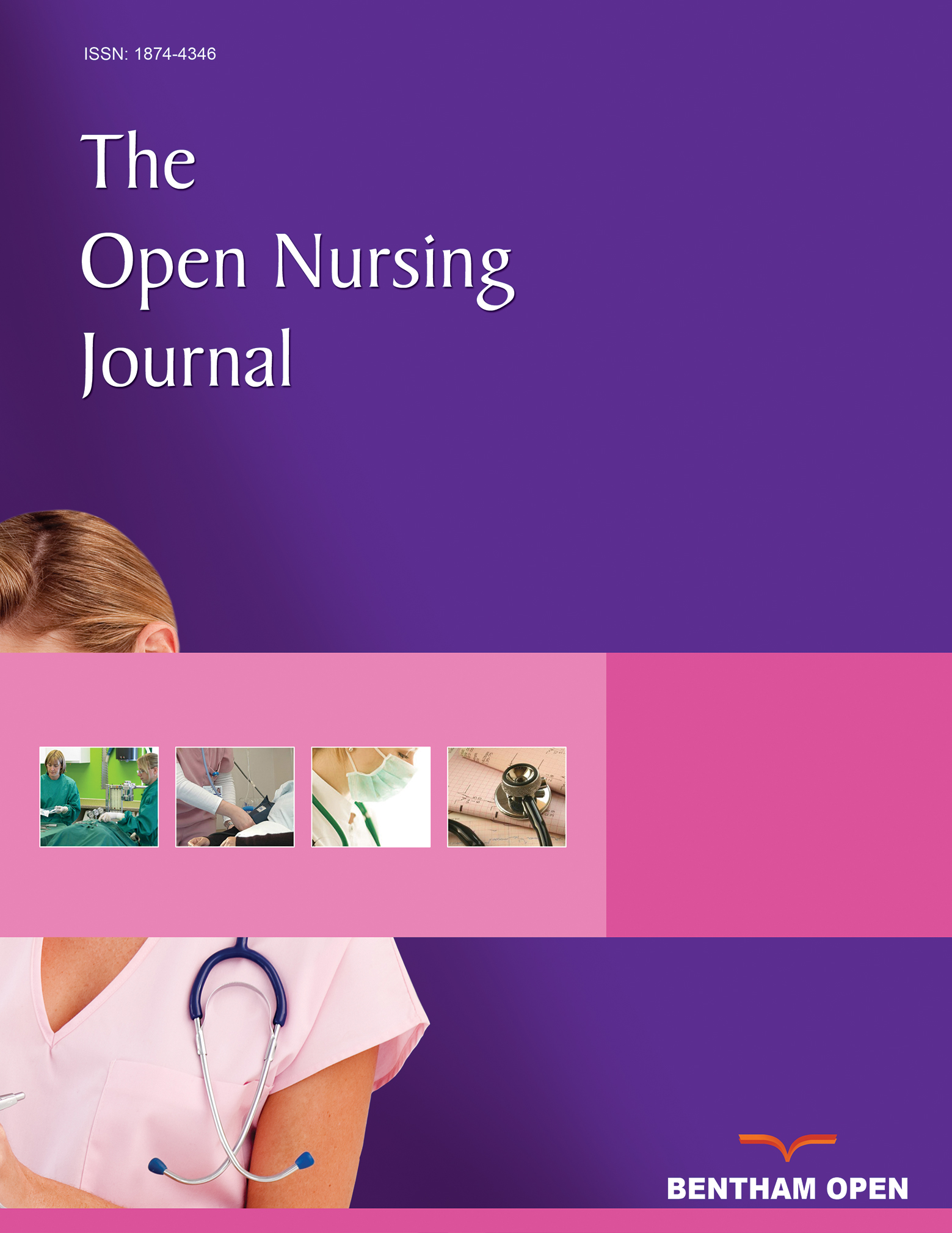Nursing Research Priorities based on the Nurse-sensitive Indicators: Scoping Review
Abstract
Background:
Patient-centeredness, safety, and quality of care are major healthcare concerns worldwide. Clinical indicators are essential for monitoring and evaluating safety and quality of care within the health care system. Therefore, research on clinical indicators can improve the quality of care, promote good practices, clarify key concepts, and identify gaps vital to nursing care.
Objective:
The study aims to explore nurse-sensitive indicators to find significant research areas and prioritize them.
Design:
The study design is exploratory research conducted through scoping review, followed by Delphi consultation to identify nurse-sensitive indicators applicable in the Saudi Arabia health care system and prioritize these indicators as research areas.
Results:
The most frequently cited indicators are patient fall, medication error, patient satisfaction, catheter-associated infection, pain, pressure ulcer, the incidence of deep vein thrombosis or pulmonary embolism, appropriate levels of nursing skill mix, and nursing initial and need assessment. The result shows that (33) NSIs are essential to the quality of nursing care and patient safety in Saudi Arabia.
Conclusion:
Patient-centeredness, patient safety, a healthy work environment, and a nursing informatics system are significant research dimensions. We found that nurse satisfaction, patient satisfaction, pressure ulcers, patient falls, nurse-patient communication, patient engagement, and pain management are research priorities.
Recommendations:
Further studies must be conducted on NSIs that address patient-centeredness, safety, a healthy work environment, and a nursing informatics system. It can be observed that most of the studies focused on outcome indicators, and there is a need to study patient-reported indicators as a significant patient-centered concept.


